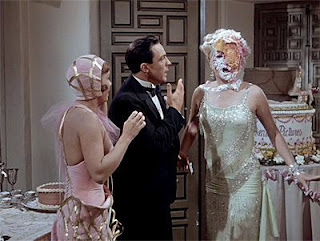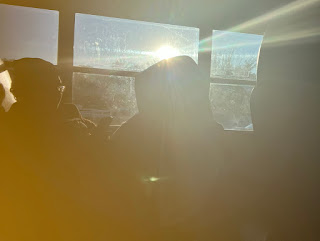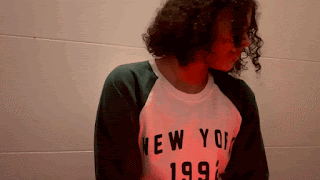Genre Research: Comical Comedies
The second genre I will be researching is the genre of comedies! While it is not one I watch often, I'm really excited to get to do a deep dive into it here. Cmedies are one of the genres you don't think about much while watching and how each technique contributes to the feeling of them. That's why this blog should be the most interesting, because now, before I start, I don't think I could tell you one thing about them!
Comedies are defined as a genre of fiction that consists of discourses or works intended to be humorous or amusing by inducing laughter. They humorously exaggerate the situation, the language, action, and characters, taking everyday situations from life and turning them into something audiences can laugh at!
Camera Angles, Movements, and Shots
As stated before, comedies are often meant to show everyday people and situations in a humorous way. Therefore, the way the camera is used is often to make shots feel very normal. Most shots will be still and level, with any dutch tilts, high or low angles, or shaky movements. Medium shots (close-ups, regulars, and longs) are the most common. They fully display the characters, while also showing the setting, because the humor of comedies isn't always just focused on the character themselves, but on what is going on around them. Establishing shots are always used to let the viewers into the worlds of the characters. They show the setting and give a better idea of what is going on, so the audience is more immersed in the film. Sometimes, quick zooms or pans can create a very comedic effect. A quick shot change to a new subject can catch audiences off-guard, and maybe even get a laugh out of them!
Sound
In comedies, sound effects are more prominent than in any other genre. The non-digetic sounds of boings, booms, kablams, are all sound gags that are used to exaggerate and humourize situations that are shown in these films. Upbeat silly music may also be used in comedic sequences where characters are seen doing outlandish things. An example of this is the film elf, where the main character is humorously decorating a store without being asked in a long comedic montage. In these montages with music, characters will sometimes cut in to deliver dialogue to give quick one-liners.
Editing
Editing is never as dramatic in comedies, as mentioned before, the goal is to make most characters and settings seem very everyday. There are the usual cuts, zooms, and such, but never anything too bold.
MISE-EN-SCENE
Again, comedies aim to portray normal everyday people in comedic situations! Therefore, costumes and make are very average to your everyday person. Sometimes, props and makeup are used to portray funny situations. Like in "Singing in the Rain" (1952) where the main character gets a pie in the face.




Comments
Post a Comment